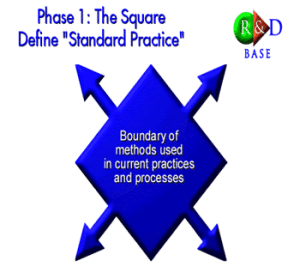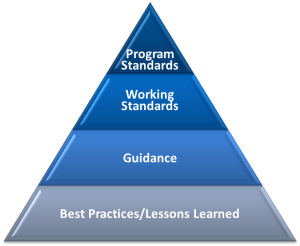What does real education reform looks like? We need to go beyond the words we hear and come to understand that true reform will support, guide, produce, and ensure practices that improve every child’s education. Words, written or spoken, are not what matters most.
For example when I hear the words “encourage parental involvement,” they no longer have meaning for me. But when I listened to a young mother describe her recent first grade parent-teacher conference, I felt reason for hope.
She described a relaxed atmosphere in which the conversation focused on where the child is academically and the future goals. The students individual “quirks” were acknowledged and the parent’s role in the learning process was made clear.
Keep in mind; this is very early in the school year so this teacher must have done some authentic classroom testing (did not discuss a standardized test score). She had obviously observed the child and had gotten to know her personally. And she had a homework plan where assignments come home on Mondays and are not due immediately thus allowing for family schedules — setting an expectation without creating stress over homework for these young children.

We need the teaching profession to set and clarify their standard of practice upon which the public can gauge whether or not they have the resources to do their jobs.
This is the development of a partnership to support the student’s learning.
Can you imagine what it would be like if this type of parent-teacher interaction was the standard of practice? In real education reform, we could put these practices into every teacher, leader, and counselor preparation and continuing education program, and, into action in every classroom, now.


Pingback: The Human Capacity to Change | The Crucial Voice of the People
Pingback: Central to Progress: Conversations | The Crucial Voice of the People
Pingback: Choice in School Reform | The Crucial Voice of the People